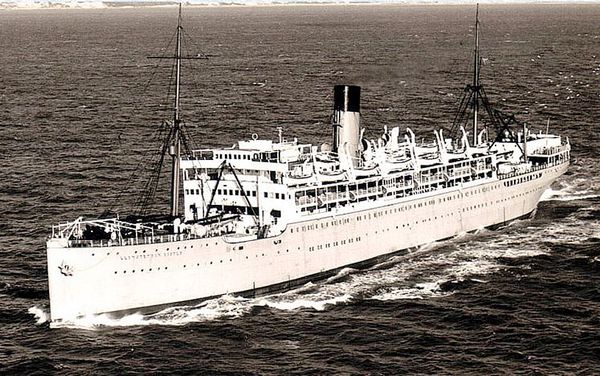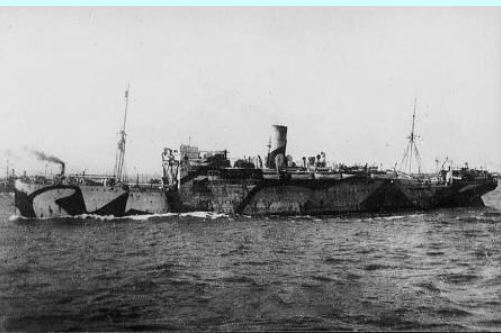HMHS Llanstephan Castle
From Our Contribution
Remarks
She was, in 1914, the only company ship to remain in commercial service although under government control. In April 1915, inbound to Zanzibar she was ordered back to Durban because the German light cruiser Koenigsberg was operating in the area. In 1917 she was eventually requisitioned for work on the transatlantic service.
In civilian service between the wars, She reverted to the Round Africa service in 1920. Her ownership changed several times as companies adjusted to changing world trade.
The Llanstephan Castle also served during WW2 as a troopship. In August 1940 she evacuated 200 children to South Africa. During 1941, she was commodore ship for the first Allied convoy to Russia from Liverpool to Archangel following Germany's attack on Russia on 22nd June.
After a refurbishment she resumed commercial operations in 1947 and continued until March 1952 when she was broken up by J. Cashmore at Newport, Monmouthshire for the British Iron & Steel Corporation.

